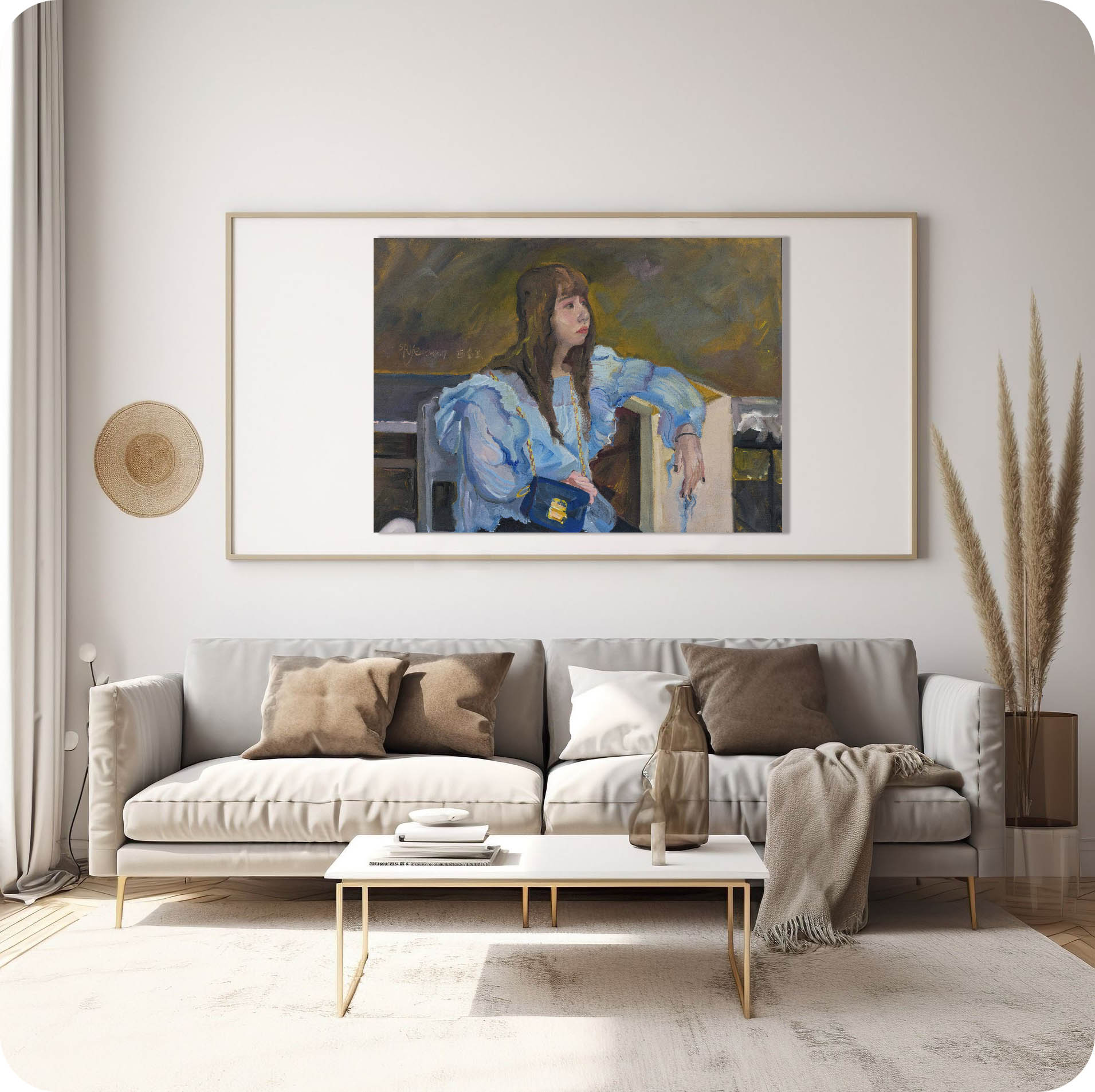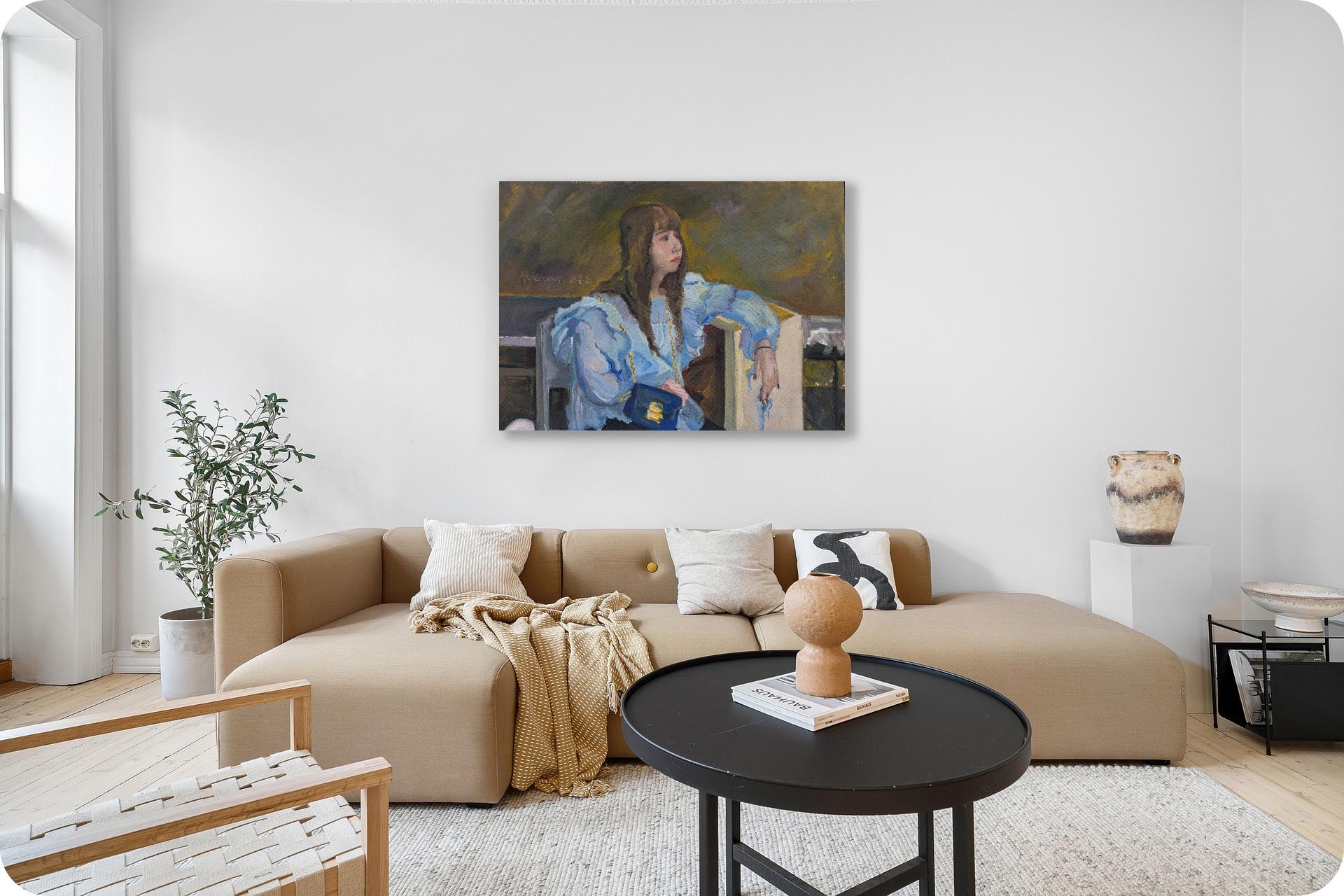This painting was created in 2018. With the end of the sketching class this year, my sketching journey stopped at a few simple drawings for Miss Hui. Of course, my oil painting skills have also improved a lot in the past year or so, and I have carefully explored my own way of speaking.
Overall Size:
Size without the frame:
Country: China
Date: 2018
Materials: Oil paint on linen
Condition: well preserved
Creative themes and style | My works revolve around the creative concept of "The land of humanity, People on the land". The people in the painting are people in nature, and the lines, shapes, and colors are close to nature. The nature in the painting is nature in the eyes of humans, existing in interaction with humans.I don’t pursue a series of works with a fixed and continuous style. I hope that the style of the pictures will synchronize with the changes in my life and always remain oscillating. The performance of the work must be in sync with the development of one's own life in order to be Sincere and powerful. Ideas are later.
An Interview with Artist Philo by Artphiloso Gallery
If you would like to collect this artwork or know more about the artist, please contact us.


A1: The large areas of light blue overlapped with dense white on the sleeves create a soft, voluminous effect, wrapping the figure like clouds. The gradient of colors and the thick texture make the composition feel light yet substantial, highlighting a dreamlike atmosphere.
A2: The arm casually resting on the chair’s back, with fingers hanging in a slightly lazy manner, embodies this charm. This relaxed posture, contrasted with the contemplative gaze, gives the figure both a sense of reality and an immersive inner mood—almost like a form of self-narration.
A3: The deep blue accessory paired with a golden chain acts as a color anchor, breaking the dominance of blue-and-white tones and adding layers of depth. Such subtle details enhance the work’s collectible value in contemporary portrait painting, while also making it suitable as a piece of modern home art décor.
A4: Instead of defined shapes, the background consists of broad, blended color fields where gray-yellow merges with deep brown. This treatment intensifies the presence of the foreground figure, while the soft blur contrasts with the figure’s refined depiction, amplifying the work’s sense of stillness.
